Stunning photos show Special Forces snipers taking tough high-angle shots way up in the mountains
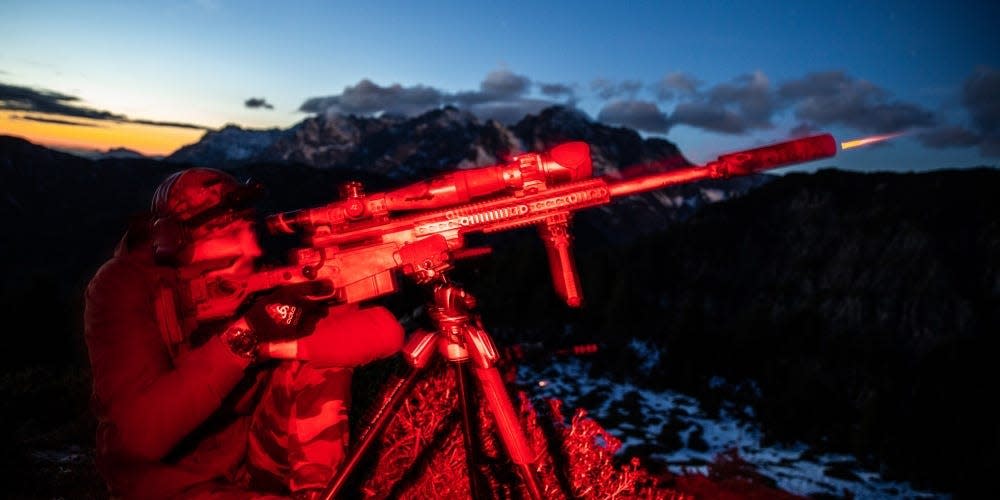
Snipers from NATO countries recently trained to take high-angle shots in the mountains of Austria, and some of the photos from the training are pretty cool.
High-angle shots are those taken at more than 15 degrees at ranges in excess of 300 meters.
These shots require extra math and sometimes uncomfortable shooting positions to make sure the bullet lands where the sniper wants, a former US Special Forces sniper instructor told Insider.
Special Forces snipers from a handful of NATO countries recently practiced taking tough, high-angle shots in what appears to be the Austrian Alps, and some of the scenes captured in the training photos are pretty stunning.
For two weeks, from late September into October, snipers from Belgium, Italy, Germany, and the Netherlands, among other countries, trained to fight in the mountains at the International Specialty Training Center High Angle Sniper Course in the Hochfilzen training area in Austria.
Here's what it looked like:
The purpose of the high-angle shooting training is to prepare snipers for mountain combat, situations that demand more of snipers than traditional shooting ranges.
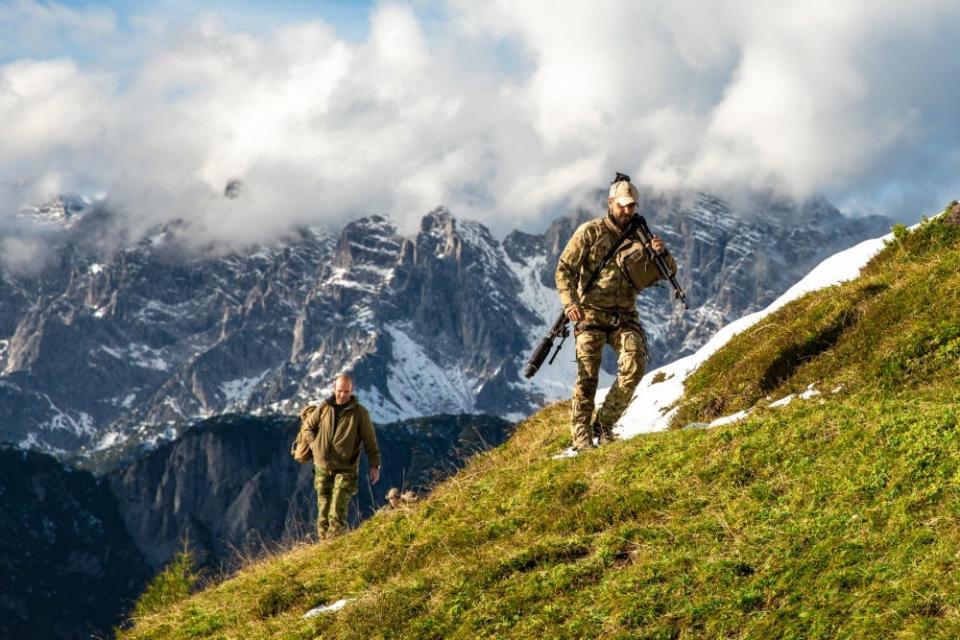
"High-angle shooting is when you shoot further than 300 meters at angles greater than 15 degrees," a Norwegian Army Land Warfare Centre sniper instructor explained during a previous iteration of the training.
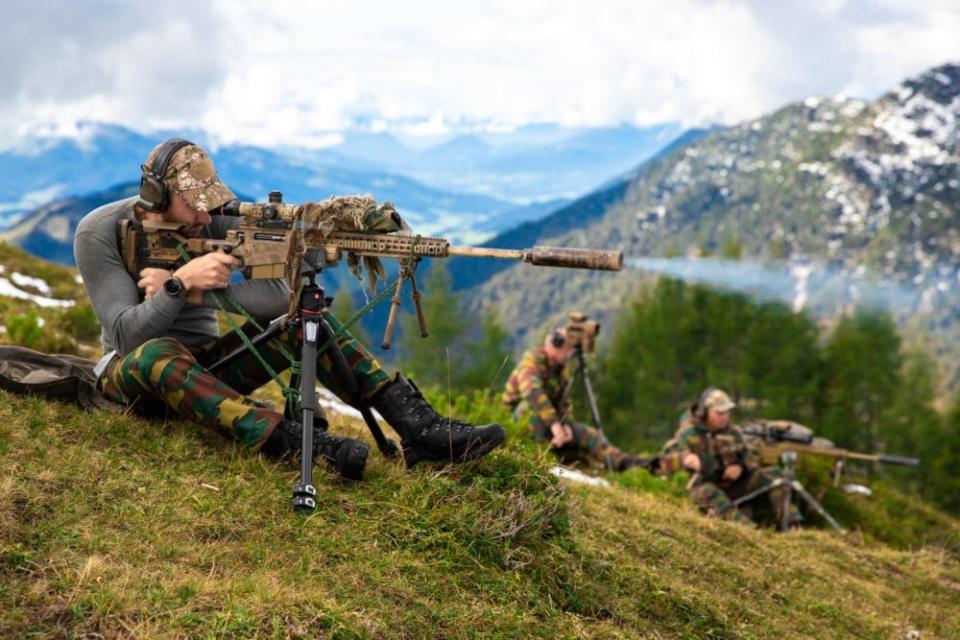
Source: US Special Operations Command Europe
High-angle shots require more calculation and adjustment than shots on a flat shooting range, John Wayne Walding, a former Green Beret who became a Special Forces sniper instructor after losing his leg in Afghanistan, told Insider.
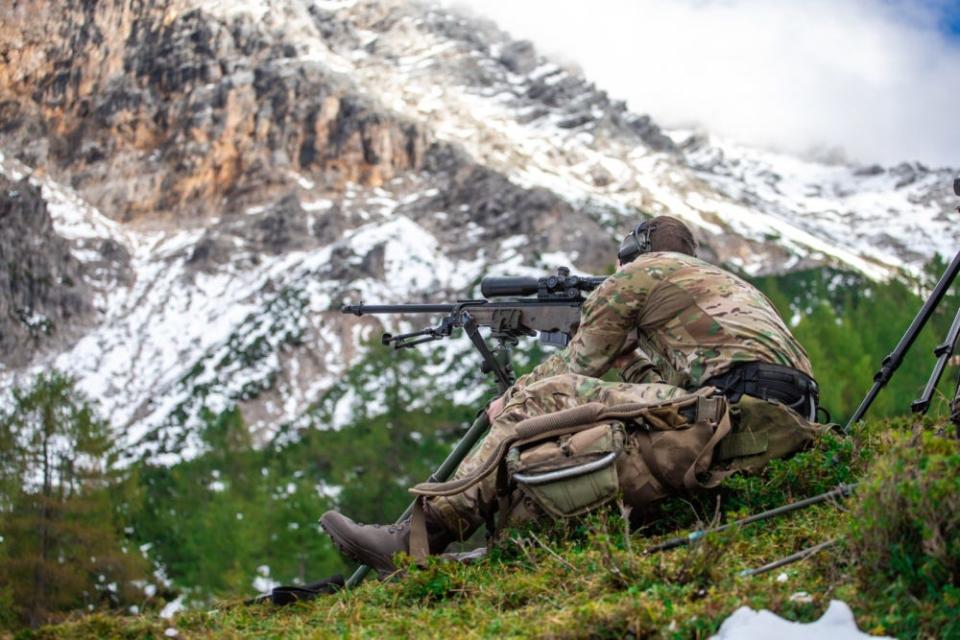
If the target is at a different elevation than the shooter, the angled line of sight distance to the target is greater than the horizontal distance along which gravity will affect the bullet's trajectory, meaning the sniper has to do a little trigonometry and adjust before pulling the trigger.

The sniper has to take the cosine of the angle of deviation and multiply it by the line of sight distance to the target to determine the distance along the horizontal axis and adjust for bullet drop accordingly.
Walding told Insider that at smaller angles and shorter distances the need for adjustment is insignificant, explaining that the shot might only be off by a few inches without adjustment. "It has to be really steep or really far to make a difference," he said.
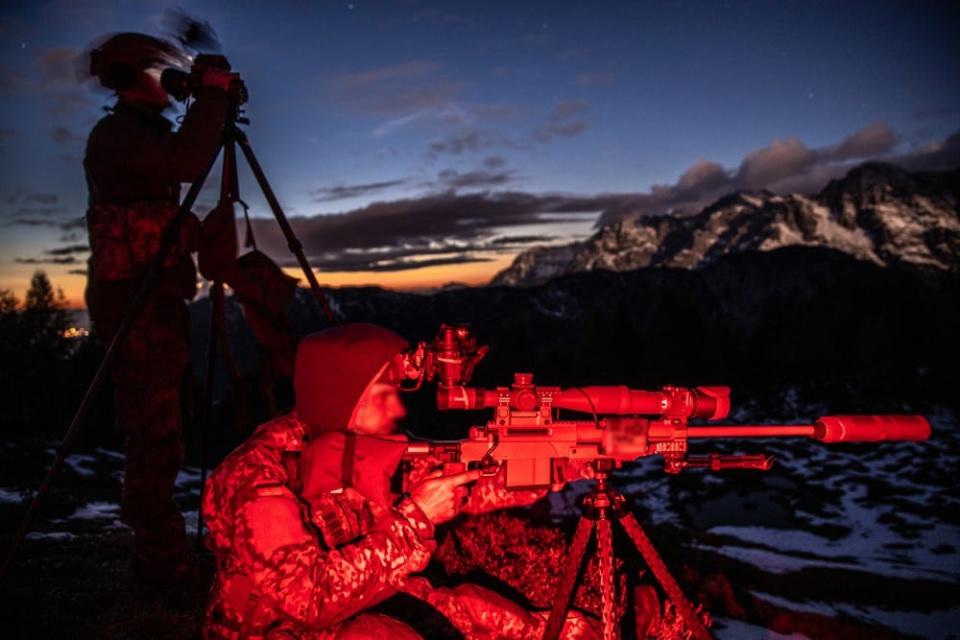
In addition to the extra calculations, Walding said that what makes high-angle shots tough are the uncomfortable shooting positions required to actually take many of them.
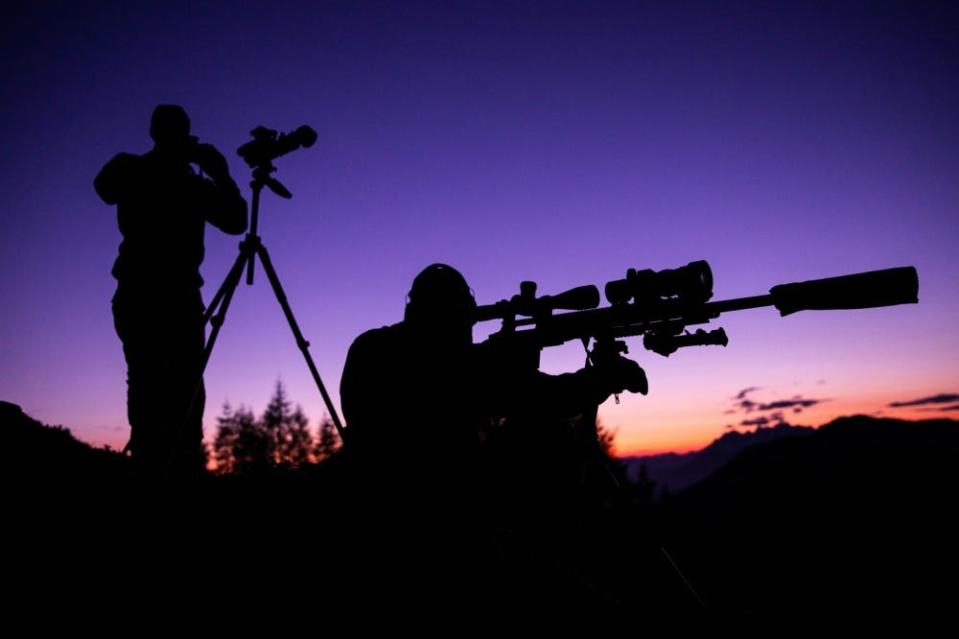
"Shooting flat, you can lay on your belly and not have to worry about stability problems, but for the high-angle shots, you'll very rarely shoot from the prone," Walding said. "Alternate marksmanship positions really come into play on those high-angle shots."
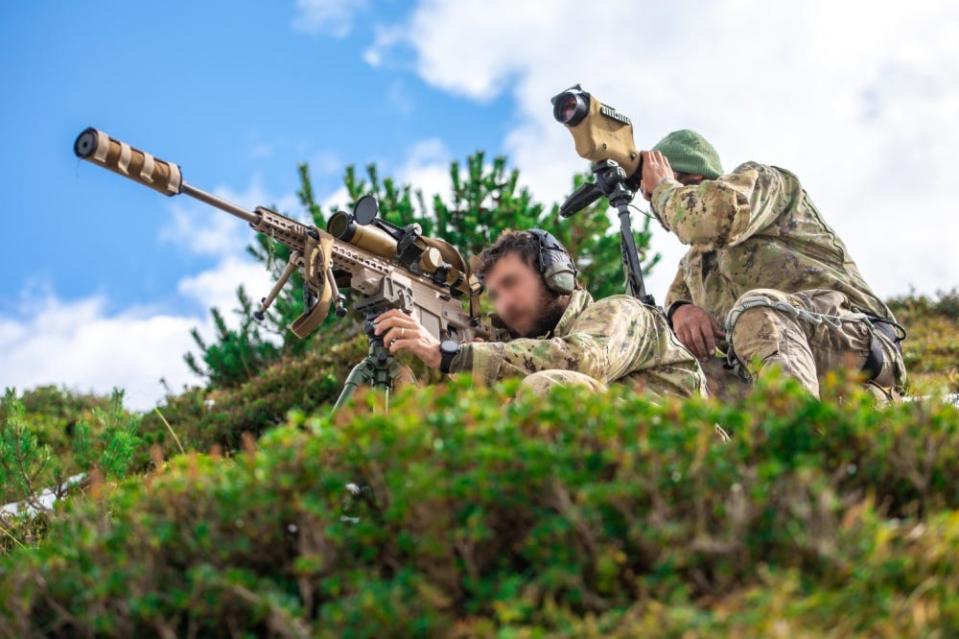
Then, of course, there are all of the various other considerations, such as wind adjustment, that a sniper has to put into each shot.
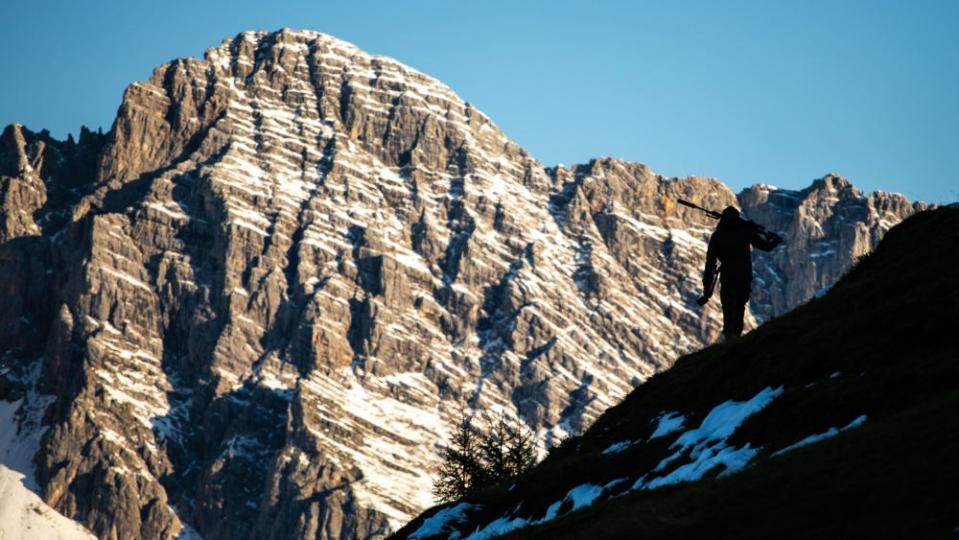
Read the original article on Business Insider


